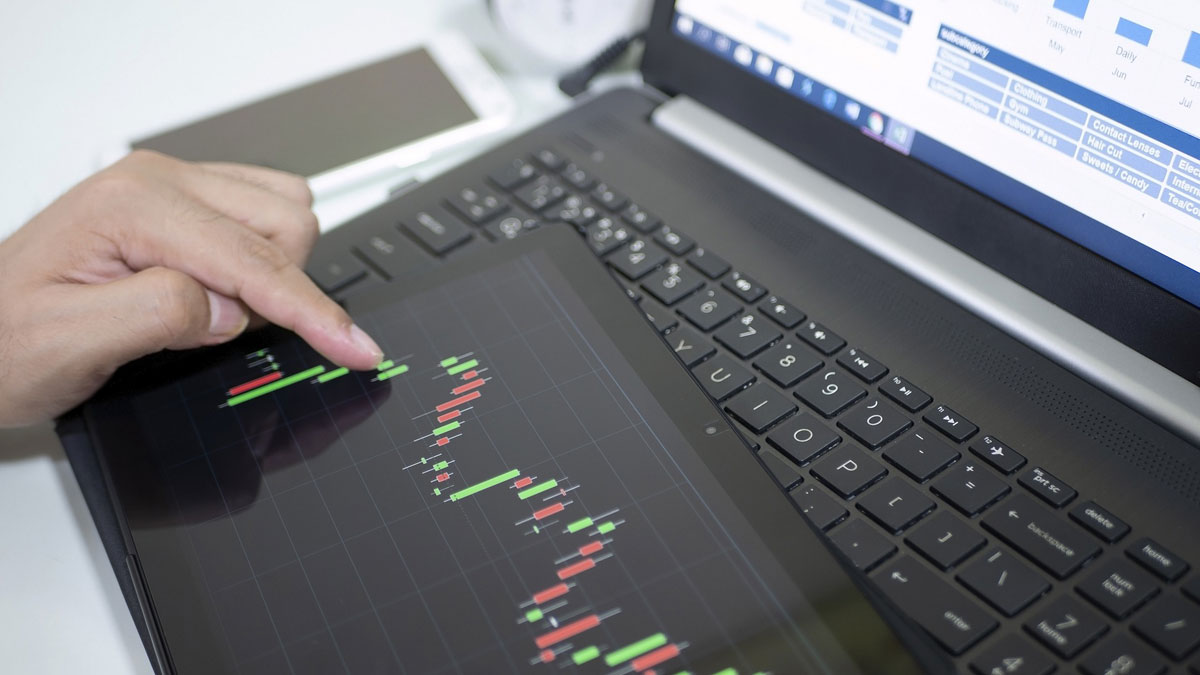- Education
- Introduction to Trading
- Forex Swing Trading
Forex Swing Trading - Medium-Term Trading

What is Swing Trading
One of the most popular types of trading, both among beginners and experienced traders, is medium-term trading, which is called sometimes swing trading (from “swing” – fluctuation, change, rhythm). Swing trading was first described in detail in the 1950s by American trader G. Douglas Taylor in his work "The Taylor Trading Technique". Modern traders call “swing” a certain period of time during which a market position remains active within a single swing/fluctuation.
Medium-Term Trading
Medium-term trading has an attractive profit/ invested time ratio for a regular trader. It means this type of trading allows the trader to spend less time on transactions and tracking them, but receive quite good income, on the other hand. The main feature of medium-term trading is that orders remain active usually from a couple of days (less often from a few hours) to a week/a few weeks. Often, good trends last just a few days or weeks, and this allows traders to get the maximum profit from price fluctuations in a relatively short period of time. In order to define the trend movement correctly and in time, traders generally consider and scrutinize technical and fundamental analyses, predict long-term trends and can place stop loss and take profit orders properly to reduce risks. Mostly, medium-term trading is great for more patient and skillful traders who are not influenced by minute-to-minute changes in the information flow and minor fluctuations in the exchange. Among beginners the medium-term strategy is not that popular: here scalping and similar strategies are more preferred, since in the understanding of newbies, the higher the number of transactions, the higher the profit.

Not sure about your Forex skills level?
Take a Test and We Will Help You With The Rest
Key benefits and pitfalls of medium-term trading
Medium-term trading has incorporated many of the advantages of short-term and long-term types of trading. Among its benefits, we highlighted the following:
- Less risk compared to long-term trading.
- Relatively high profitability with competent money management. One successful transaction can bring significant profit in comparison with a short-term type of trading.
- No need to use a large number of indicators, it is enough to determine the current trend right, choose entry points and set stop loss and take profit orders. We provide access to the technical and fundamental analysis and forecasts of our experts, which will let you trade in the exchange as comfortably as possible.
- Minimal emotional stress.
- Your personal time saving. There is no need to monitor the market 24 hours a day and track orders, as with scalping or day trading. It will be quite enough to control the situation several times a day.
- Helps the trader develop patience, global thinking and the ability to analyze market movements independently.
- Swing traders show greater flexibility and mobility in decision-making, as opposed to long-term traders.
However, consider some disadvantages of swing trading strategy, listed below:
- Swing trading involves fewer opportunities for its usage, since finding suitable deals and trends is not so easy.
- Risks in medium-term trading are higher than in short-term trading. When opening a position, traders need to carefully select entry and exit points, set take profit and stop loss orders to lessen risks.
- The recommended deposit is large (from $ 500) so that the percentage of profit from one operation will be more or less significant.
- It is not recommended to use a high leverage due to the existing risks.
- Weekend gaps can adversely affect the development of a trend and harm your trading account. Experienced swing traders often exit the market for a while ahead of important economic and geopolitical events, with the intention to return soon.
- Negative swap charged by brokers for transferring a position to the next day. However, this drawback is easily eliminated by activating a swap-free service.
Swing Trading Rules and Methods
What rules should be followed for swing trading? What methods to use and what to pay special attention to? Let's draw conclusions based on the information above.
Swing trading has a considerable set of techniques and tools; the choice is entirely up to the trader.
- Wave analysis. Proponents of this method emphasized the cyclical nature of the market. Classical theory divides the market into two elements: trend and correction. Within the trend, 5 waves are formed, and the correction consists of 3. Today, other ratios of trend and correction waves are applied: 7/3, 7/5, 21/13 and many others. However, the wave analysis is more useful in determining what phase and condition the market is currently in, rather than dictating specific entry and exit points.
- Resistance and support lines. Both breakdowns of these lines and bounces from them are taken into account.
- Fibonacci levels, channels, signals, rectangles, triangles, flags, wedges and other chart patterns are used as indicators of the continuation of the trend.
- Moving averages of different periods (200-period MA is the most informative), ordinary oscillators, etc., are the recommended indicators for swing trading.
- Analysis of several timeframes (3-screen method) at once. Apart from the main time interval in which it is supposed to carry out a trading operation, the trader examines and analyzes wider timeframes, which helps to avoid entering the trend at an unfavorable moment and not go against the main stream.
- Money management. The proportions of the expected profit to loss should ideally be 2.5-3 to 1 (or at least 1.5-2 to 1).
Summarizing some features of medium-term trading (swing trading) and building on the experience of professional traders, also taking into account potential mistakes, we can distinguish some rules of behavior within this trading technique. Once again, the main goal of a swing trader is to minimize losses at medium/high profit margins. It is possible to achieve such results by showing restraint, analyzing markets and following certain rules of the game in the exchanges:
- If you open a position in time and place stop loss and take profit orders correctly, the market will immediately respond by moving towards the profit.
- Transfer the order to the next day only if it has been successful during the day.
- When prices on the market do not change in your favor for a few hours, you should go out on the first rollover with minimal loss.
- You’d better close an unprofitable order manually, without leaving it overnight, especially in case of a negative swap. You’ll get the opportunity to return to the market the next day through a new entry point.
- Keep the order active while it brings you income.
- If you are not sure about the medium-term forecast after activating the order, it is recommended to cancel it and re-analyze the market.
- It’s safer to use a small or medium leverage.
- It isn’t worth placing new orders as soon as the market opens and ahead of important macro- and microeconomic, geopolitical data publication. They can greatly change the direction of the trend and even reverse it, which will adversely affect your trading account.
Swing trading with the internationally recognized IFC Markets broker may be the ideal way for you to get a stable and growing income by adopting all the above principles and conditions. Our company offers its customers the best trading terms, objectively low fixed spreads, the widest selection of trading instruments, a profitable affiliate program, interesting and relevant training materials, daily technical analysis and market overviews from all perspectives. To start trading with the IFC Markets broker, you need to go through a simple procedure of registration and open a trading account. We wish you successful trading with us!

